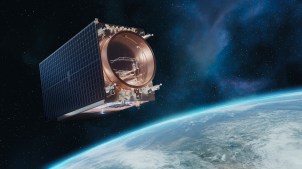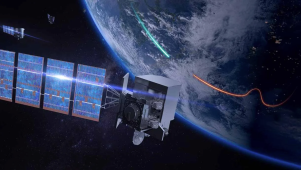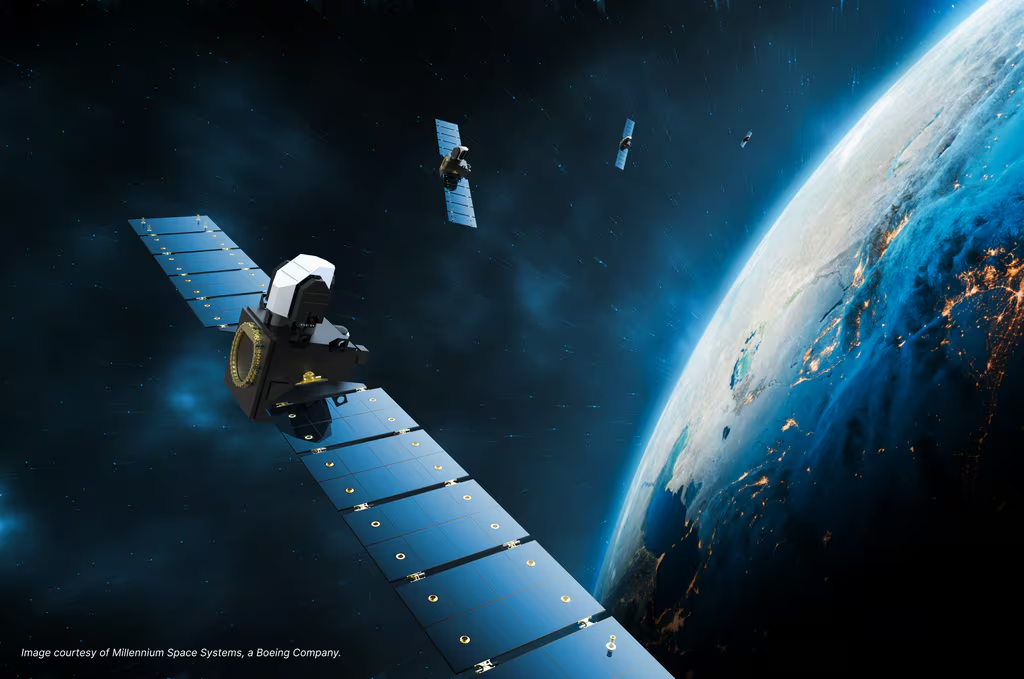
Lockheed Martin to launch new mid-sized satellite bus for tech demo in 2025
Lockheed Martin intends to use the technology demonstration as a way to prove the LM 400’s readiness for future Defense Department contracts.

Lockheed Martin intends to use the technology demonstration as a way to prove the LM 400’s readiness for future Defense Department contracts.

As part of the Hybrid Acquisition for Proliferated Low Earth Orbit (HALO) vendor pool, the companies can compete for demonstration task orders.

The Space Development Agency intends to begin publishing draft solicitations for Tranche 3 in early 2025.

Space Systems Command dropped RTX from the Resilient Missile Warning and Tracking — MEO program in May due to cost growth, schedule slips and design challenges.

“Moving forward, we see there are a lot of niche missions where the fine line between what is the tracking mission and what becomes the custody mission starts to get blurred,” SDA Director Derek Tournear said.

Tyvak Nano-Satellite Systems is one of two vendors selected to build Gamma variant platforms for tranche two of the data transport layer for the Pentagon’s Proliferated Warfighter Space Architecture.

SDA is looking for input on Tranche 3 as it aims to “accelerate the proliferation of missile defense capability to provide low-latency fire control-quality data.”

The decision was made “because the RTX Epoch 1 development effort was facing significant cost growth from the original agreement baseline, projecting slips to the launch schedule, and had unresolved design challenges,” an SSC spokesperson told DefenseScoop.

SDA Director Derek Tournear told reporters that initial requirements for the Proliferated Warfighter Space Architecture Future Program Ground Segment Integration program were too broad for industry to execute.

The systems will be equipped with fire control-quality sensors to address advanced missile threats such as hypersonic weapons.